
Evidence from Martinsburg, West Virginia, Police report contradicts claims of popular Netflix series
On August 10, 1991, Danny Casolaro, a Fairfax, Virginia-based journalist who was writing a book on a massive CIA corruption scheme that started with the theft of computer software, was found dead lying in a tub of bloody water in room 517 at the Sheraton Hotel in Martinsburg, West Virginia.
A popular Netflix series on Casolaro’s death, American Conspiracy: The Octopus Murders, produced by Christian Hansen and Zachary Treitz, suggests that Casolaro committed suicide and that people involved in the case who suspected murder were paranoid.[1]
However, the official Martinsburg police report on Casolaro’s death—which was recently obtained by Australian researcher Peter Osborne after he had filed a Freedom of Information Act (FOIA) request in 2004—cast serious doubt on this latter conclusion.
The police report includes a witness sketch of a man seen entering and leaving Danny Casolaro’s room on the day he was found dead.
The man bears strong resemblance to Major Joseph Cuellar, a CIA and military intelligence Special Forces operative, who had long been a lead suspect in Casolaro’s apparent murder.[2]
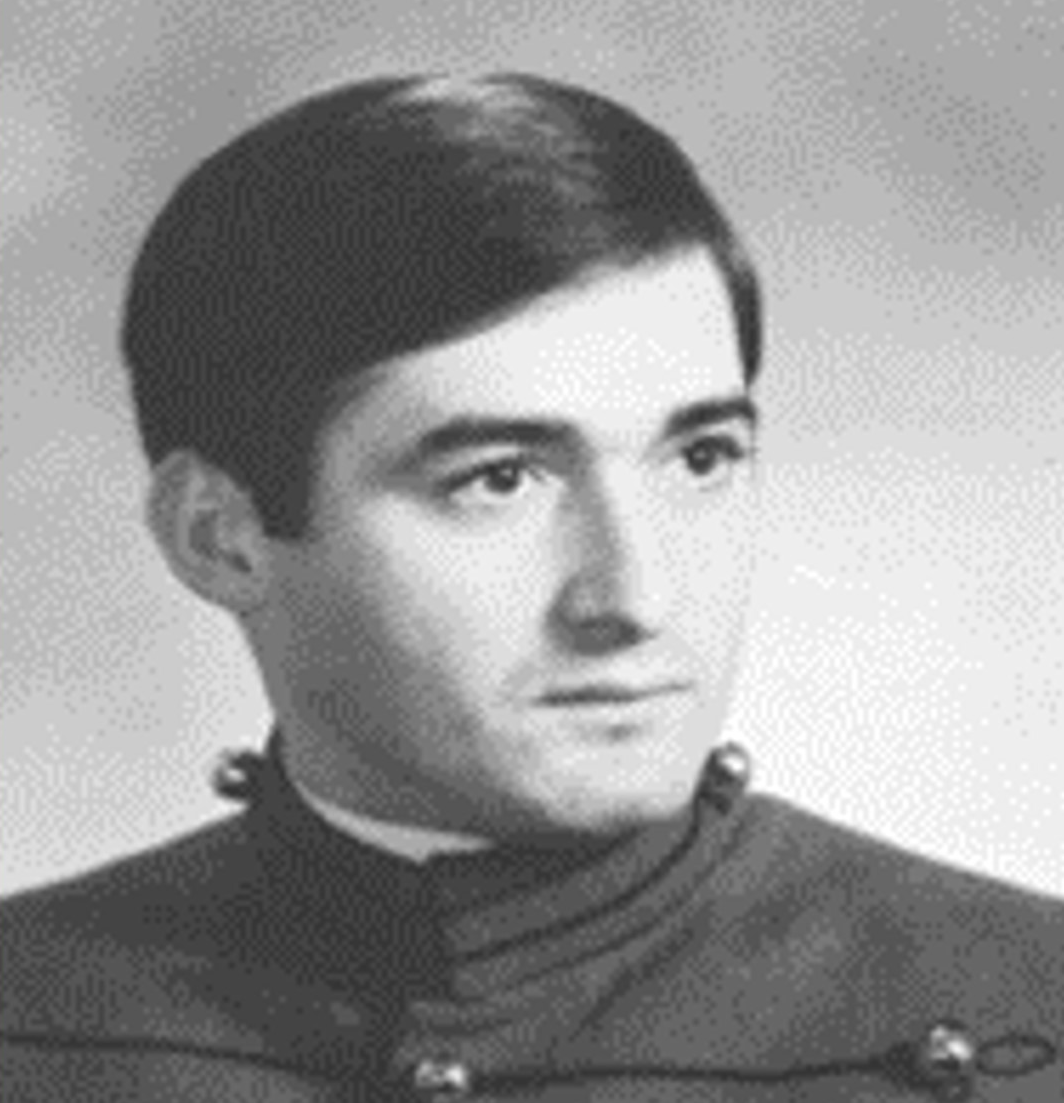
Born in Los Angeles in 1954, Cuellar participated in covert operations around the world, including Venezuela, Bosnia, Saudi Arabia and Africa, served in the 1st Persian Gulf War (Operation Desert Storm), and worked at NATO headquarters.
In a letter to Bill Hamilton, the president of the company (INSLAW) whose computer software was stolen by the CIA, Don Walker, the President of Business Risks International, a CIA-front corporation where Cuellar worked, characterized Cuellar as an “intelligent and articulate individual” who “speaks several languages” and has “extensive experience in U.S. army intelligence and the CIA.”[3]
In the days before Casolaro’s death, Cuellar happened to bump into Casolaro near his home in Fairfax, Virginia, and gave him his business card, triggering dialogue between the two. At the time, Cuellar had been contracted to investigate the theft of INSLAW’s software (which was known as Prosecution Management Information System, i.e., PROMIS).

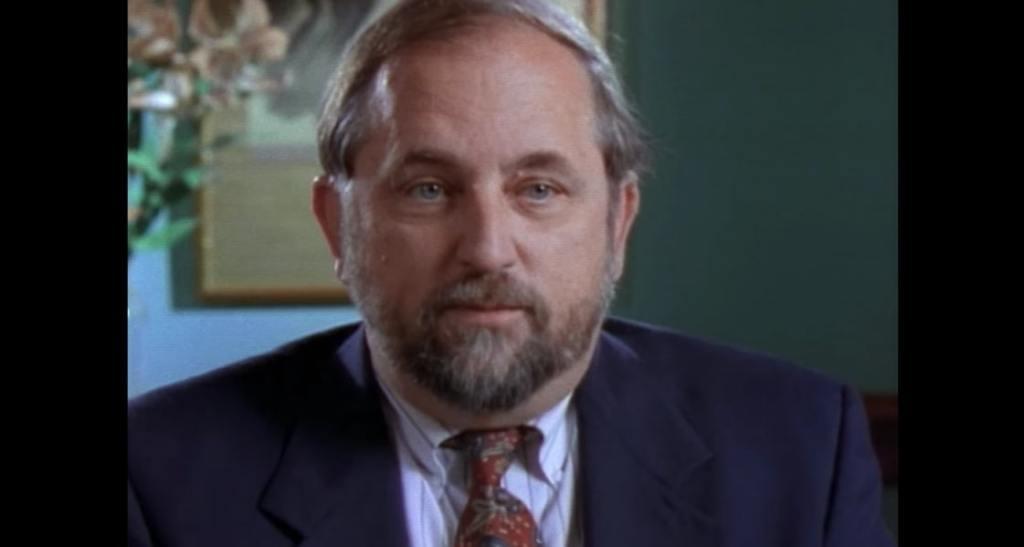
Casolaro’s investigation had to be shut down because he had obtained checks from Bank of Credit and Commerce International (BCCI)[4], a CIA drug money laundering front, connected to the Iran-Contra scheme that he was planning to turn over to a Senate investigating committee headed by John Kerry (D-MA), along with two folders of documents exposing a Pentagon fraud involving Hughes Aircraft.[5]
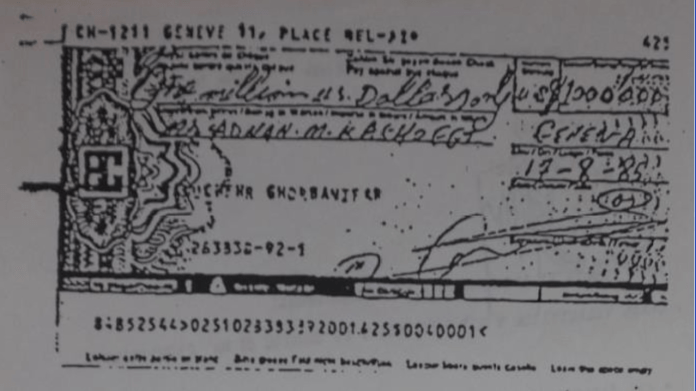
The Martinsburg police file includes direct references to the BCCI checks. It further includes signed statements from a witness who saw a man other than Casolaro leaving his hotel room with a key the night before and morning of Casolaro’s death.
Additionally, the police file includes the transcript of a phone call made by an unknown female caller who advised the Martinsburg police that Casolaro was killed at the Sheraton hotel “by his contact” whom he had had lunch with at a seafood restaurant the day before.
After his death, Danny’s car was found empty at the hotel car park when it had previously been stacked with papers from his investigation. A briefcase, bag and two envelopes in his possession were missing.
The briefcase was filled with incriminating, highly classified documents delivered to Casolaro in Martinsburg the day before his death by William Turner, a former Hughes Aircraft employee.
Turner stated the documents included “computer printouts and other documents [Casolaro had] received from un-named sources and from Alan Standorf [employee of an National Security Agency (NSA) subcontractor who was found beaten to death in the back seat of his car in a parking lot at Washington National Airport in January 1991] and documents relating to the sale of modified PROMIS [Prosecution Management Information System] software…to Canada, Australia and Israel.”
Casolaro additionally had five boxes of IRS documents on the TOW missile sales that went missing, which could have been used to convict CIA operatives Duane Clarridge, Richard Secord and Robert Gates who were indicted for their role in the Iran Contra scandal four days before Casolaro’s death.
Casolaro’s forthcoming blockbuster book was poised to help unlock the key to what he termed “the Octopus”—a web of corrupt CIA officers implicated in Iran-Contra who used the stolen PROMIS software to carry out vast money laundering, surveillance and illicit arms and drug-smuggling operations along with acts of international terrorism.
Strangely, the Martinsburg police never interviewed Cuellar despite the similarity of his appearance to the witness sketch. The Department of Justice claimed to not be able to find him even though he worked with the U.S. Southern Command.

U.S. Attorney General Janet Reno (1993-2001), her Deputy John Dwyer, and Stephen Zipperstein, Special Counsel to the Assistant Attorney General, Criminal Division, left out of their investigation reports into Casolaro’s death the evidence of the match between the witness sketch and Cuellar.[6]

American Conspiracy: The Octopus Murders continues the cover-up of the DOJ by painting a positive picture of Joseph Cuellar based on an interview with Cuellar’s son, and by labeling whistleblowers who exposed the corrupt forces that were behind Casolaro’s murder as paranoid.
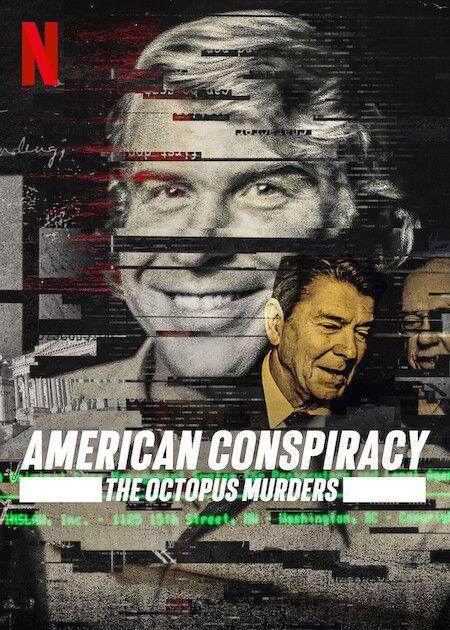
At the end of the film, Hansen and Treitz reference the incriminating witness sketches, but do not try to spell out the larger implications and stick to their thesis that Casolaro committed suicide.
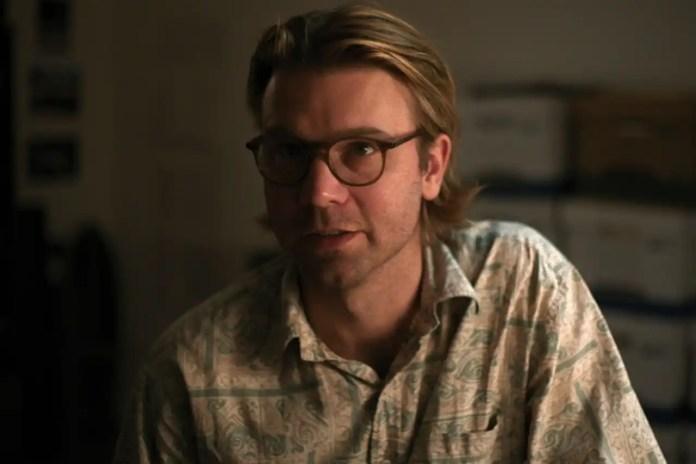
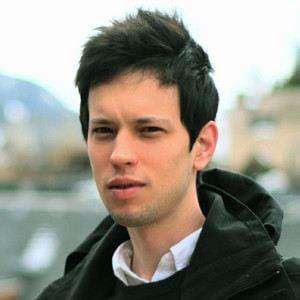
Suppression of Twenty+ Year Investigation
Hansen and Treitz had access to decades long research into the PROMIS software affair and death of Danny Casolaro carried out by Australian physicist Peter Osborne and Canadian journalist Gordon Sivell, co-authors of a book titled Fatal Justice, scheduled to be published later this year, which provides detailed evidence contradicting their film’s conclusion.
Osborne began researching “The Octopus” in the late 1990s after his intellectual property and encryption joint venture that he established with the Australian government, Johns Hopkins Medicine, KPMG and the United Nations SEAL program was destroyed by CIA Project Hammer and CIA Operation Stillpoint that was using the PROMIS software for covert SWIFT banking at Citibank.
Osborne believes that the covert operation directed against him resulted from the fact that he had an encryption key that was independent of the NSA and CIA.
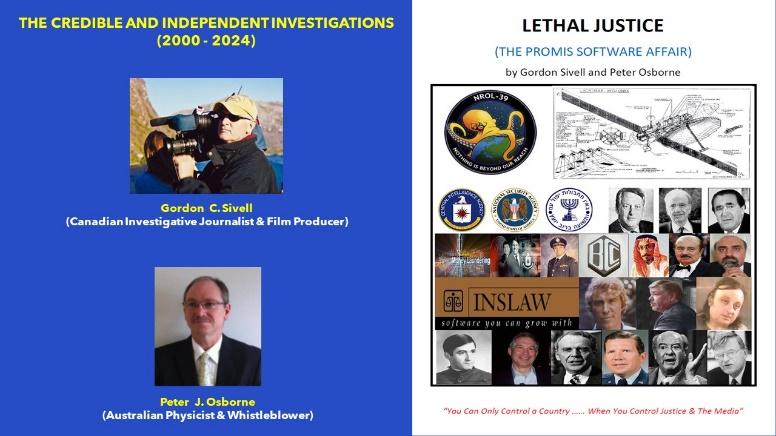
Hansen and Treitz received a copy of the Martinsburg police report in 2014—a decade before Osborne did, even though he and Canadian co-author Gordon Sivell filed their request 10 years before them and they were denied access.
The Martinsburg police told them at the time that the files were sealed by the FBI.
Osborne suspects that someone on the inside was assisting Hansen and Treitz, whose film deliberately withheld from the public his full-proof evidence on the PROMIS software scandal and activities of “the Octopus” in Australia, which Casolaro was intent on exposing.
Osborne believes that Hansen and Treitz produced a false and misleading narrative that Casolaro was depressed and committed suicide while maliciously setting out to denigrate both Bill Hamilton and whistleblower Michael Riconosciuto[7] who were the trusted sources of Casolaro in exposing the PROMIS Software and “Octopus.”
The misleading of viewers extends to the claim that Bill Hamilton obtained evidence about the use of PROMIS software in U.S. nuclear submarines from a crazy woman in a bowling alley, showing him in turn to be a crank.
In fact, Hamilton got the information from Michael Riconosciuto, and the “crazy woman,” Norma DiGiacinto, lived in CIA country (Fairfax, Virginia) and worked for a company, Aetna Insurance, associated with CIA linked institutions such as the John Hopkins School of Medicine and Lockheed Martin.[8]

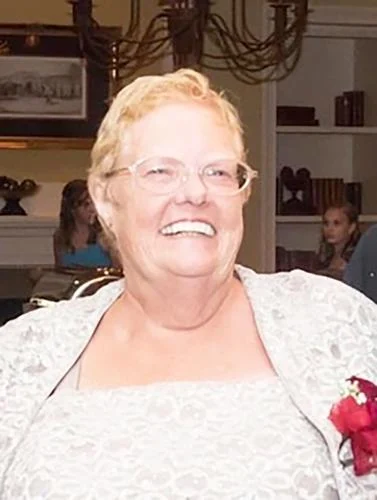
Peter Osborne told me in an exclusive interview that “Hansen and Treitz make it seem in their film that Danny committed suicide because he was depressed because his investigation had reached a dead end and he couldn’t find a book publisher and was deeply in debt.”
However, Osborne said he has “conducted interviews with people who spoke to Danny on the very last day of his life and they said that Danny was excited, as he had uncovered a wealth of original information and was going to finish his book and call them right after he got back from his trip to Martinsburg. Danny was not depressed at all, and did not commit suicide.”
This latter viewpoint is corroborated by Curtis R. “Sam” Cross, the former chief of police in Indio California, location of the Cabezon Indian reservation where Michael Riconosciuto had modified the PROMIS software for the CIA so it could be used for money laundering and other criminal operations in the Iran-Contra affair.
Cross investigated a number of murders associated with Riconosciuto’s clandestine activities at the Cabezon reservation and told Canadian journalist Gordon Sivell in a 2020 interview that he and his wife were planning to meet with Casolaro for dinner on the night of August 10, a Saturday, the day Danny was found dead.
The purpose of the dinner was to go over some of the evidence that Danny had compiled for his book on the corruption associated with the theft of the INSLAW software and for Danny to gain more insights on the murders that Cross had investigated at the Cabazon reservation and their connection to the Iran-Contra scandal.

Cross told Sivell that Casolaro’s death “did not sit well with people,” and that he believed that Casolaro was murdered.
Hansen and Treitz were given a copy of Sivell’s interview with Cross, but failed to disclose that Casolaro had an appointment to meet him for dinner, which would contradict their thesis that Casolaro had given up on his research and was depressed.
Hansen and Treitz also refused to interview Trey Casolaro, Danny’s son, who had learned that his father had meetings scheduled the following week and was planning a trip to Australia to interview members of the Costigan Royal Commission, which was investigating CIA money laundering and drug trafficking through the Nugan Hand Bank using modified version of the PROMIS software.
Trey is unequivocal in his belief that his father was murdered. He told Peter Osborne that he agreed with his criticism of American Conspiracy, saying that there “was a lot of stuff that the film didn’t talk about.”
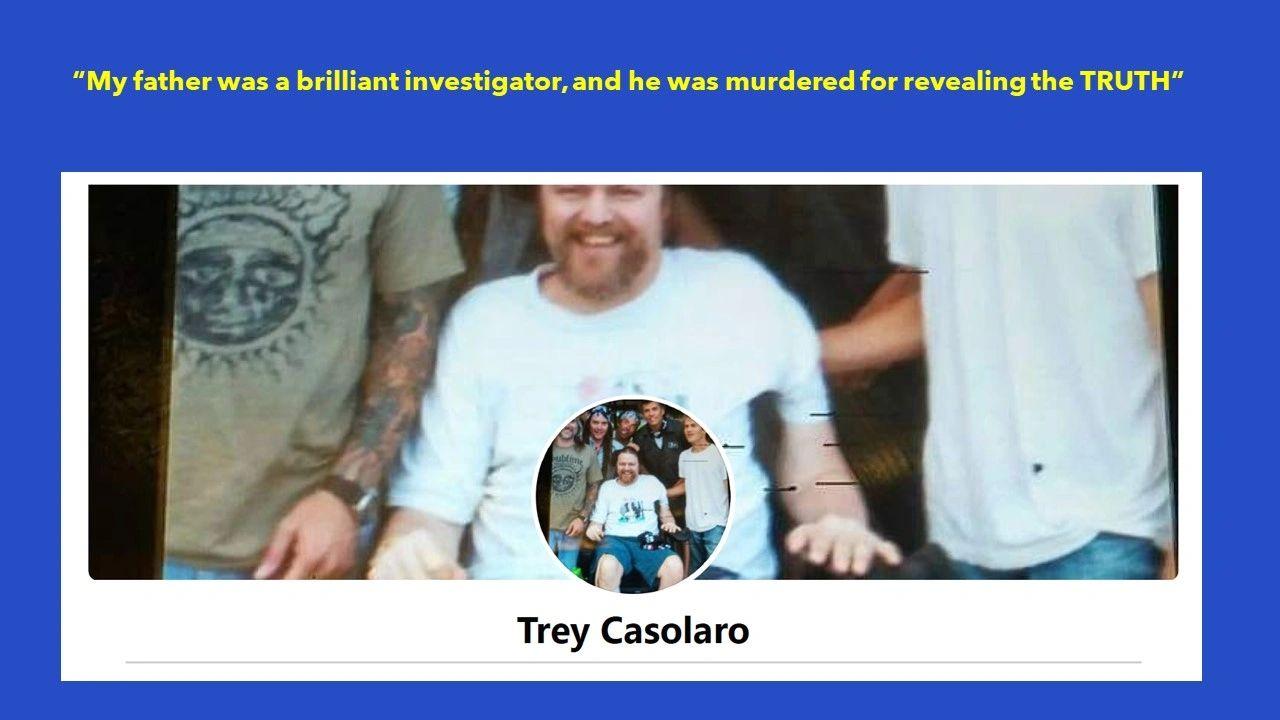
In a podcast featuring his interview with Trey Casolaro, Osborne discussed how Hansen and Treitz had access to Danny Casolaro’s files, which Osborne believes were given by Danny’s brother, Tony, to Ann Klenk, a journalist who posed as a friend to Danny but worked for Dr. Earl Brian, a Reagan official who spearheaded the theft of the INSLAW software from Bill Hamilton and was a key component of “the Octopus” that Danny was on the precipice of exposing.
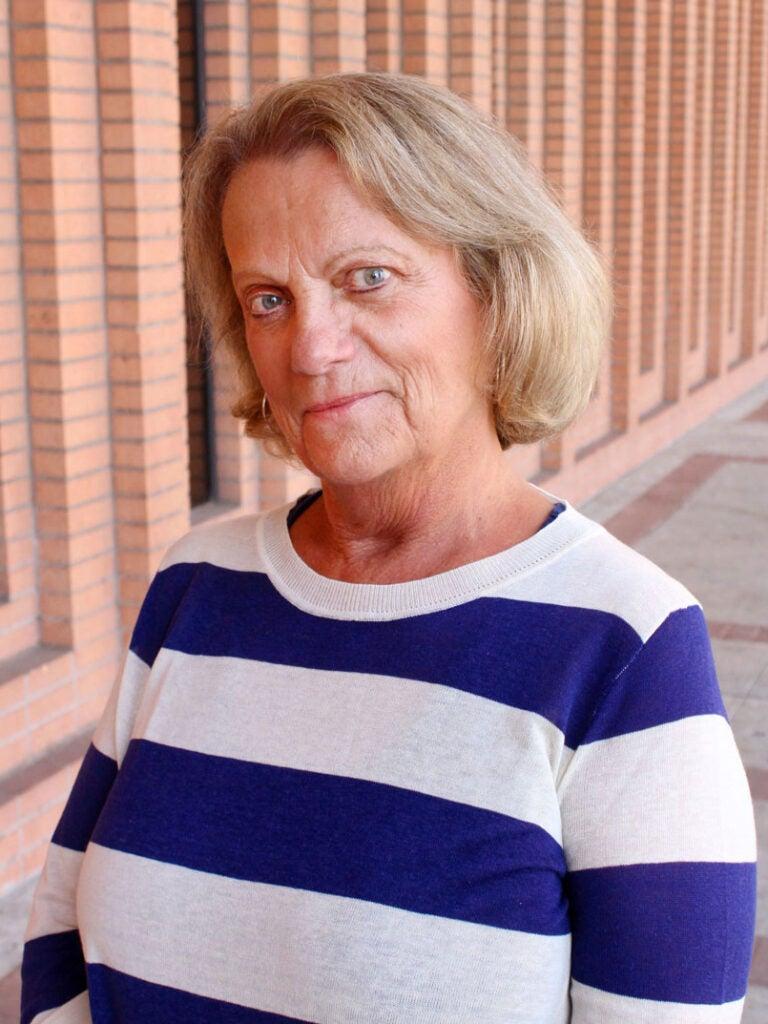

Osborne believes that Tony Casolaro betrayed him by inappropriately providing his research evidence to Ann Klenk and removed all of the research evidence belonging to Danny Casolaro that was exposing her boss Earl Brian’s involvement with CIA operatives Richard Secord, Robert Booth Nichols and other members of the “secret team” that used the PROMIS SWIFT Banking software for money laundering Iran Contra arms, drugs and gold bullion through Australia with BCCI and Citibank.
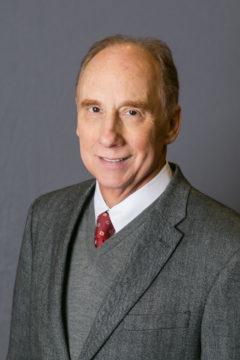
Following the release of the Netflix series, Tony Casolaro told Osborne that Ann Klenk never removed the research files from Danny Casolaro’s house.
Osborne had to correct Tony and remind him that Ben Mason, Danny’s best friend, drove together with Tony to Danny’s house after his death and urgently recovered his files. When they arrived, they were both totally in shock to discover that all of Danny’s files were missing from the house. (Ben Mason told Osborne and Sivell this).
Ann Klenk confirmed that she removed the files from Danny’s house in a recorded interview with journalist Cheri Seymour. She also confirmed in her interview with Village Voice for their article, “The Last Days of Danny Casolaro,” that she visited Danny’s house on Sunday August 11 1991, the day before the Martinsburg police contacted Tony Casolaro to advise him that his brother is dead.[9]
Osborne cannot understand why Tony Casolaro is providing misleading information and endeavoring to defend the serious conflicts of interest and actions of Ann Klenk. The FBI report for their investigation into BCCI/BNL banks and D.O.J investigation report into the death of Danny Casolaro confirms that FBI agents met with Ann Klenk to review the BCCI/BNL and PROMIS software evidence contained in Casolaro’s research files that she removed from his house.
Today, Tony refuses to assist his nephew Trey Casolaro and Osborne to reopen a homicide investigation. He was also featured in American Conspiracy: The Octopus Murders to reinforce Hanson, Treitz and Klenk’s misleading narrative and false conclusion that Danny had gone off the deep end and committed suicide.
Osborne told me that “it’s just terrible what Hansen, Treitz and Klenk are doing. There is no justice for Danny or Trey [Danny’s surviving son] in their film. They are just out to make money. Do something entertaining, make money; they don’t care about the truth. Truth is a casualty, just like Danny Casolaro was.”
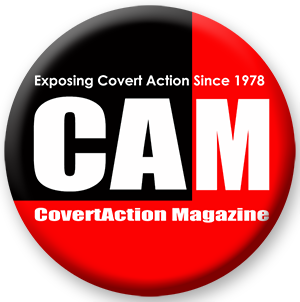
- For more details on Danny Casolaro’s investigations and murder and on the criminal activities of The Octopus, visit Peter Osborne’s website The Sixth Eye.
American Conspiracy reached #3 on Netflix’s top watched shows and received good critical reviews from Rotton Tomatoes and other websites. ↑
The witness who made the sketch had described the man seen leaving Casolaro’s room as wearing sports clothes that Cuellar was also known to wear. ↑
Don Walker to Mr. William Hamilton, October 11, 1991 (Courtesy of Peter Osborne). Cuellar is thought to have been a “wet operative” ie. a CIA assassin. ↑
BCCI was brought into the U.S. by Jackson Stephens, an Arkansas hedge fund manager and top Clinton donor who developed a data analytics firm, Systematics, that made use of the PROMIS software. Clark Clifrord, a grandee of the Democratic Party and former Defense Secretary, was on BCCI’s Board of Directors, and Hillary Clinton represented Systematics as a lawyer for the Rose Law Firm in Little Rock, Arkansas when Bill was Arkansas Governor. Special Prosecutor Lawrence V. Walsh wrote a letter to Vice-President George H.W. Bush complaining that the CIA was interfering in the justice system and protecting its agents from being prosecuted. ↑
Drawn from the Monte Carlo branch of BCCI, the checks—one for $1 million and another for $4 million—were from the Kuwaiti Royal Family to Iran/Contra criminal arms dealers Adnan Khashoggi and Manucher Ghorbanifar for the purchase of TOW missiles by Hezbollah. They were transferred by one Robert Sensi, who worked directly for CIA Director William Casey. Christian Hansen and Zachary Treist had access to information about the BCCI checks in Danny’s possession but chose not to discuss it in their Netflix series. ↑
This was despite letters from William Hamilton’s attorney requesting that it should be investigated. ↑
A science and computer prodigy whose father Marshall Riconosciuto worked with Wackenhut, a well-documented CIA intelligence front “security” company, Michael modified the PROMIS software for the CIA to be covertly deployed on the Cabazon Indian Reservation in Indio, California, as a means of processing illegal weapons to the Nicaraguan Contras (counter-revolutionaries) in violation of the Boland Amendments passed by Congress to prohibit the Reagan/Bush administration CIA from providing weapons to the Contras. Michael was later “set up” on phony drug charges and sentenced to a quarter-century behind bars because he knew too much about the CIA’s grossly criminal covert operations. ↑
Peter Osborne confirmed that Hamilton’s assessment was correct. His analysis of resumes of Hadron Inc. employees and the Annual Reports of Hadron Inc. and John Hopkins Physics Laboratory confirmed that they developed the missile fire control systems for U.S. Trident submarines—using the PROMIS software. ↑
This raises suspicion as to how Klenk knew to go to Danny’s house. It appears that she had advance knowledge of his death, before his own family was notified. ↑
CovertAction Magazine is made possible by subscriptions, orders and donations from readers like you.
Blow the Whistle on U.S. Imperialism
Click the whistle and donate
When you donate to CovertAction Magazine, you are supporting investigative journalism. Your contributions go directly to supporting the development, production, editing, and dissemination of the Magazine.
CovertAction Magazine does not receive corporate or government sponsorship. Yet, we hold a steadfast commitment to providing compensation for writers, editorial and technical support. Your support helps facilitate this compensation as well as increase the caliber of this work.
Please make a donation by clicking on the donate logo above and enter the amount and your credit or debit card information.
CovertAction Institute, Inc. (CAI) is a 501(c)(3) non-profit organization and your gift is tax-deductible for federal income purposes. CAI’s tax-exempt ID number is 87-2461683.
We sincerely thank you for your support.
Disclaimer: The contents of this article are the sole responsibility of the author(s). CovertAction Institute, Inc. (CAI), including its Board of Directors (BD), Editorial Board (EB), Advisory Board (AB), staff, volunteers and its projects (including CovertAction Magazine) are not responsible for any inaccurate or incorrect statement in this article. This article also does not necessarily represent the views the BD, the EB, the AB, staff, volunteers, or any members of its projects.
Differing viewpoints: CAM publishes articles with differing viewpoints in an effort to nurture vibrant debate and thoughtful critical analysis. Feel free to comment on the articles in the comment section and/or send your letters to the Editors, which we will publish in the Letters column.
Copyrighted Material: This web site may contain copyrighted material the use of which has not always been specifically authorized by the copyright owner. As a not-for-profit charitable organization incorporated in the State of New York, we are making such material available in an effort to advance the understanding of humanity’s problems and hopefully to help find solutions for those problems. We believe this constitutes a ‘fair use’ of any such copyrighted material as provided for in section 107 of the US Copyright Law. You can read more about ‘fair use’ and US Copyright Law at the Legal Information Institute of Cornell Law School.
Republishing: CovertAction Magazine (CAM) grants permission to cross-post CAM articles on not-for-profit community internet sites as long as the source is acknowledged together with a hyperlink to the original CovertAction Magazine article. Also, kindly let us know at info@CovertActionMagazine.com. For publication of CAM articles in print or other forms including commercial internet sites, contact: info@CovertActionMagazine.com.
By using this site, you agree to these terms above.
About the Author

Jeremy Kuzmarov holds a Ph.D. in American history from Brandeis University and has taught at numerous colleges across the United States. He is regularly sought out as an expert on U.S. history and politics for radio and TV programs and co-hosts a radio show on New York Public Radio and on Progressive Radio News Network called “Uncontrolled Opposition.”
He is Managing Editor of CovertAction Magazine and is the author of six books on U.S. foreign policy, including Obama’s Unending Wars (Clarity Press, 2019), The Russians Are Coming, Again, with John Marciano (Monthly Review Press, 2018), Warmonger. How Clinton’s Malign Foreign Policy Launched the U.S. Trajectory From Bush II to Biden (Clarity Press, 2023); and with Dan Kovalik, Syria: Anatomy of Regime Change (Baraka Books, 2025).
Besides these books, Kuzmarov has published hundreds of articles and contributed to numerous edited volumes, including one in the prestigious Oxford History of Counterinsurgency .
He can be reached at jkuzmarov2@gmail.com and found on substack here.
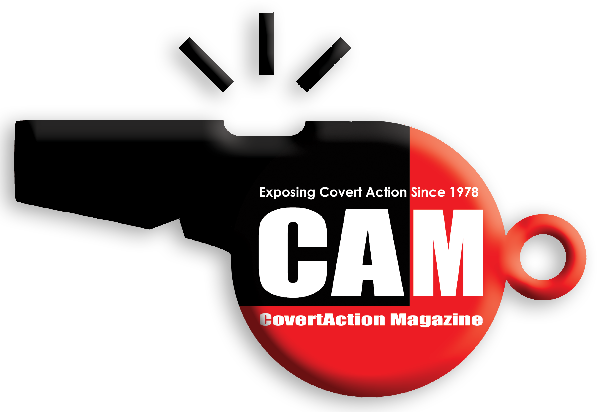

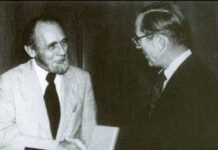
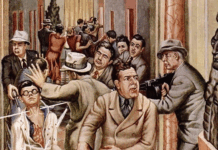

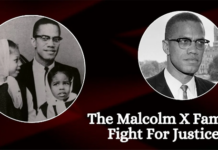



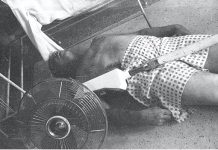

Paul Wilcher & Gunther Russbacher http://www.whale.to/b/rm11.html
Perfect summary. You cannot expect anything else from a Netflix movie, can you? However, someone I know watched the movie and came away with the conclusion that Cuellar was in fact the murderer, based on the witness sketch that is apparently shown in the movie and which is really quite conclusive. So I guess if you watch the movie attentively you may draw the right conclusions for yourself.